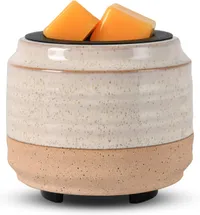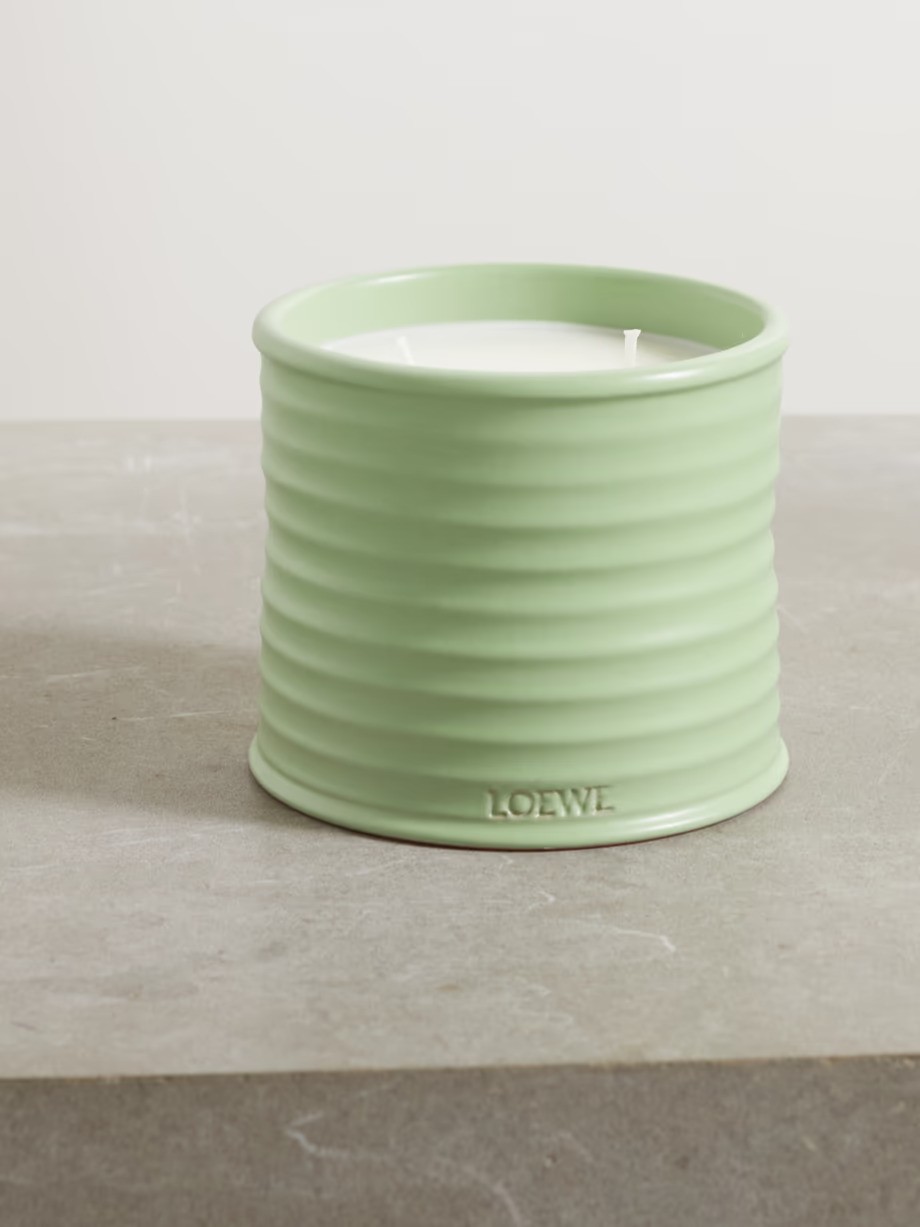What to do with a candle when it’s burnt out – eco-friendly disposal tips from experts
Make the most of your candles and protect the environment with these tips for disposing of burnt-out candles


When a scented candle reaches the end of its wick, it is normal to toss it in the trash and break out the next one, starting the cycle again.
This is not only wasting good wax but can be incredibly damaging to the environment too, experts warn – even when using the best candles.
This is what to do with a candle when it’s burnt out to make the most of the remaining wax in an eco-friendly way.
What to do with a candle when it’s burnt out
To dispose of a burnt-out candle safely, you need to remove the remaining wax from the jar so that it can be repurposed or recycled, and the wax safely reused or disposed of in a way that won't contribute to pollution. Luckily, there are a few ways of doing this if you are not willing to make a house smell nice without burning candles:

1. Remove the remaining wax from the jar
If you have followed our candle care guide, then you should hopefully have very little wax left in the jar to remove once the wick is burnt out. Allowing the candle to burn evenly throughout its lifetime will keep the wax level even, avoiding tunneling, and allowing it to burn out so that only a thin ring of wax remains with the expired wick.
To get candle wax out of jars, Millie Hurst, Solved section editor for Homes & Gardens, recommends filling the jar with boiling water, allowing the wax to melt and rise to the surface as the water cools. You might want to use a tool to help dig the wax up from the bottom of the jar, too, being careful not to burn yourself.
2. Find a way to reuse the wax
Candle wax can be incredibly damaging to the environment, especially if it is scented, due to the chemicals used in the manufacturing process. As a result, Michelle Anna Alfano of Scent Air recommends finding a way to reuse the wax at home – a win-win when you consider it also helps you to get your money's worth as you make your candles last longer:
Design expertise in your inbox – from inspiring decorating ideas and beautiful celebrity homes to practical gardening advice and shopping round-ups.
‘A common candle-burning mistake is thinking the candle is done for as soon as the wick runs out. Leftover wax can be melted down for other uses. When melting wax, remember to do it in a safe melting pot that you use only for candle wax and never pour hot wax down the drain because it clogs drains,’ she begins. Once your wax is remelted, you can then repurpose it.
‘The easiest way to reuse wax is to make them into wax melts,’ Michelle says. ‘Use molds to create wax melts that can be heated in wax warmers to diffuse fragrance around your space. You can also pour melted leftover wax on any natural, non-toxic material like cardboard or cotton pads. They make excellent long-burning fire starters that are perfect for camping or long nights in front of the fire.’ If you enjoy crafts, you can also use old wax to make letter seals, she adds.
If you cannot reuse the wax, then place it in your regular trash bin, sealing it in the trash bag.
Ceramic Wax Melt Warmer | View at Amazon
These simple ceramic wax warmers are ideal for reusing of scraps of old candle wax and can be used with wax and scented oils.

Michelle is the Marketing Content Manager at ScentAir, a home fragrance and scent marketing company. They create scents to enhance environments and experiences through improved air quality and scents.
3. Wash the jar and recycle
Most candle jars are made from glass, so once they are clean, can be thrown in your regular recycling bin. If you feel like getting creative, then you can reuse the jar around your home for home organization, or as Mary Artkin-Harris, candle maker and founder of Realism Kandles suggests, ‘depending on the size of the vessel, you can place a plant holder in the center after scooping out the leftover wax and use it to grow herbs and flowers,’ she recommends. ‘This gives the plants a more elegant appearance in the kitchen than the usual brown color of plant holders.’
Realism Kandles was founded in 2020 with the belief that candles can be more than just a decoration. Their candles are specifically designed for meditation and manifestation. They use only the highest quality ingredients and our products are handmade with love and care.
FAQs
Can you microwave a candle to remove wax?
You should never microwave a candle to help remove wax or level the candle out. Candles contain metal to help anchor the wick, and the wax itself has a very low water content, meaning it can smoke when heated in an appliance. Instead, melt the candle using the wick, or fill the vessel with boiling water to help loosen the wax and let it float to the surface.
Can you make old candle wax into a new candle?
If there is enough wax left, you can make an old candle into a new one by remelting the wax slowly and adding a new wick. Be aware that the scent may not be as strong as burning it for the first time, however, as some of the scent will burn off in the initial melt and remelt process.
If you are conscious about the effects of your candles on the environment after burning them, then consider picking out candles made with natural waxes such as coconut or soy and scented with natural fragrances rather than chemicals. Alternatively, consider alternative ways of making a home smell nice, such as making reed diffusers, or using scented humidifiers.

Chiana has been at Homes & Gardens for two years and is our resident 'queen' of non-toxic living. She spends most of her time producing content for the Solved section of the website, helping readers get the most out of their homes through clever decluttering, cleaning, and tidying tips. She was named one of Fixr's top home improvement journalists in 2024.

